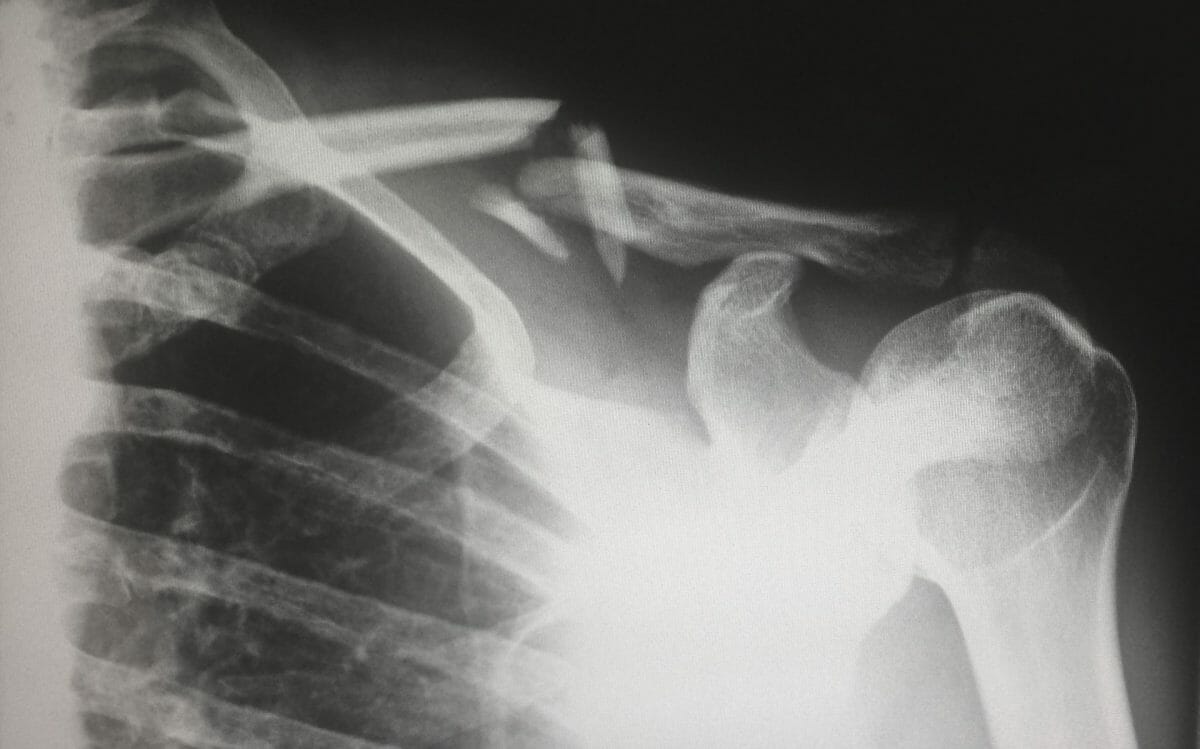Breaking a bone can be a traumatic experience, and the healing process that follows can take weeks or even months. But with proper care and attention, you can help ensure that your broken bone heals properly and quickly. In this article, we’ll discuss how to go about healing broken bones in the most effective way possible. We’ll cover topics such as what to expect during recovery, how to prevent complications from occurring, and tips for managing pain throughout the healing process. With this knowledge in hand, you’ll have all of the tools necessary to heal your broken bone successfully!
Seek Medical Attention
When you break a bone, it’s important to seek medical attention as soon as possible. In addition to providing pain relief and stabilizing the injury, your doctor will be able to assess the severity of the fracture and determine the best course of action for treatment. The people behind The Fracture Clinic note that this may involve setting and casting the bone in order to promote alignment while it heals or undergoing surgery to repair the fracture. In either case, your doctor will provide detailed instructions on how to care for your broken bone and what to expect during recovery.
Manage Pain
Most people experience some degree of pain and discomfort when they break a bone. To manage this, you can take over-the-counter medications such as ibuprofen or acetaminophen. Your doctor may also prescribe stronger pain medications to help you manage any discomfort that’s more severe. Additionally, you can use cold and heat therapy to reduce swelling and inflammation around the injury. When using heat, it’s best to apply a warm compress for short periods of time (no more than 20 minutes at a time) and keep the area elevated when possible.
Physiotherapy
It’s also important to do physiotherapy as your broken bone heals. Physiotherapy helps promote healing by helping you build strength and regain range of motion in the affected area. Your doctor may suggest specific exercises that you can do at home or they may refer you to a physical therapist who can provide more specialized treatment. It’s important to follow any instructions given by your doctor or physical therapist in order to prevent complications and ensure that you heal properly. If possible, it’s beneficial to start doing physiotherapy as soon as possible after the injury.
Rest and Relaxation
Finally, it’s important to rest and relax in order to give your body time to heal. This means avoiding any activities that put a strain on the affected area until you have been cleared by your doctor or physical therapist. You may also need to use crutches, a brace, or a sling to keep the area immobilized while it heals. This can help reduce any pain and swelling while also helping the bone heal in its correct position.
By following these steps and taking good care of your broken bone, you’ll be able to ensure that it heals properly and quickly. Keep in mind that healing times vary from person to person, so it’s important to be patient during the recovery process. With patience and proper care, your broken bone will heal in no time!

